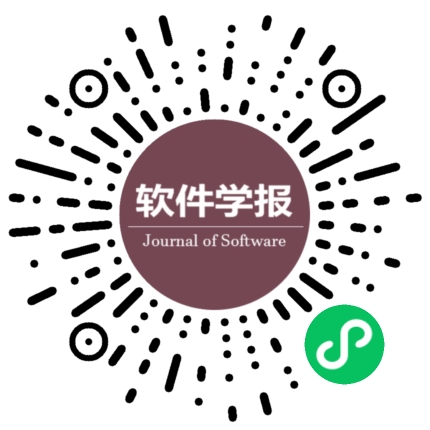知识不确定性问题的粒计算模型
作者:
作者单位:
作者简介:
通讯作者:
中图分类号:
基金项目:
国家自然科学基金(61073146); 重庆市自然科学基金(2008BA2017); 重庆市杰出青年科学基金(2008BA2041)
Granular Computing Models for Knowledge Uncertainty
Author:
Affiliation:
Fund Project:
引用本文
王国胤,张清华,马希骜,杨青山.知识不确定性问题的粒计算模型.软件学报,2011,22(4):676-694
复制相关视频
分享
文章指标
- 点击次数:
- 下载次数:
- HTML阅读次数:
历史
- 收稿日期:2010-01-15
- 最后修改日期:2010-10-11
- 录用日期:
- 在线发布日期:
- 出版日期:
文章二维码

您是第位访问者
版权所有:中国科学院软件研究所 京ICP备05046678号-3
地址:北京市海淀区中关村南四街4号,邮政编码:100190
电话:010-62562563 传真:010-62562533 Email:jos@iscas.ac.cn
技术支持:北京勤云科技发展有限公司
版权所有:中国科学院软件研究所 京ICP备05046678号-3
地址:北京市海淀区中关村南四街4号,邮政编码:100190
电话:010-62562563 传真:010-62562533 Email:jos@iscas.ac.cn
技术支持:北京勤云科技发展有限公司



